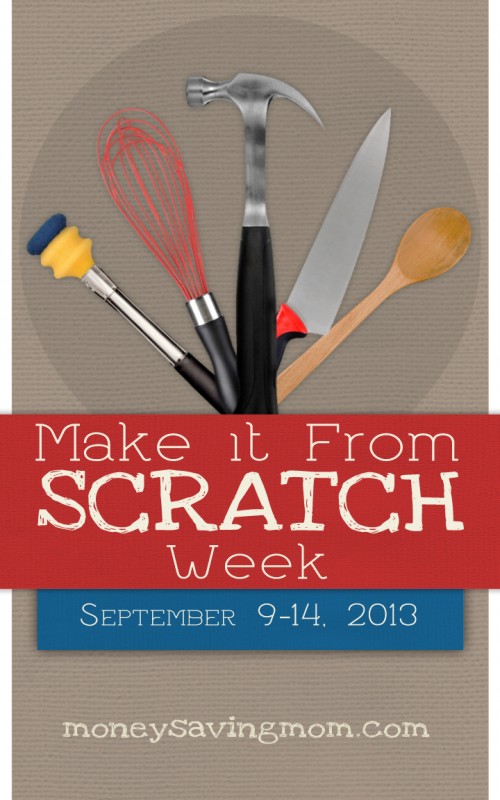Peach-Pecan Ice Cream Adventures
My fourth Make it from Scratch challenge attempt was on-time in the making but delayed in posting. You see, I spent my blogging time that evening eating it instead. (And narrowly losing Bananagrams to my husband - but it was his birthday, so I guess he's entitled to the victory.)My husband adores peaches. So since we've been married, I've learned a lot about peach desserts. I learned about peach pie and peach crisp and stewed peaches. Last summer I tried learning about peach ice cream. I wasn't overly impressed, so for his birthday I decided to tweak the recipe a bit. I ended up mostly copying a recipe from the Homesick Texan, but I used 1% milk (what I had) instead of half-and-half and I added salt to the pecans.
I started with five Colorado peaches - just over two pounds' worth. Previous experience has taught me that it's no fun trying to halve and pit clingstone peaches after they are peeled and slippery, so I pitted them all first.
Three peaches I then threw into a boiling water bath. If the water is already at a rolling boil before you throw in the peaches, thirty seconds is all you need for the peels to slide easily off.
I finely (in retrospect, not finely enough) diced the two skin-on peaches and macerated them with a splash of lemon juice and a scant teaspoon of sugar. The peeled peaches were cut into large chunks and pureed in the blender. It made about 2 1/2 to 3 cups of puree.
Two cups of milk were heated until steamy, then set off the heat.
Then I whisked two egg yolks with 3/4 cup of sugar...
...and carefully added in the hot milk a ladle at a time. As much as the yolk/sugar mixture looks like scrambled eggs, I didn't actually want to end up with a scramble as my finished product. The custard mix went back on the stove until it started to thicken a bit (with only two egg yolks, it didn't thicken all that much - it only coated the spoon with a very thin layer).
I always strain my custard at this point to get out those bit of egg that didn't mix properly or otherwise curdled.
Then I added one cup heavy cream, one teaspoon vanilla and 1/4 teaspoon salt, mixed in the peach puree and chilled the mixture in my fridge for four hours. I'd prefer to chill it longer, but I was impatient.
While it was chilling, I mixed a tablespoon of brown sugar, 1/2 teaspoon ginger, 1/8 teaspoon nutmeg and 1/2 teaspoon salt in a bowl.
And toasted a cup of pecans in a tablespoon of butter on the stove.
Then I stirred them into the sugar/spice mixture while still hot. After they cooled, I chopped them into small pieces.
When I couldn't wait any longer, I poured my ice cream mix into my chilled ice cream freezer and churned for about 15 minutes.
Then I added the peaches...
...and the pecans, which challenged the capacity of my ice cream freezer somewhat.
And voila! Peach-pecan ice cream!
The verdict
The peach flavor of the ice cream was excellent. The ice cream itself was a trifle icy and crystalline in texture, but not bad. I think adding more egg yolk and/or using whole milk would really help.I was less pleased with the mix-ins. The peach chunks ended up as mostly flavorless ice cubes. They need to be smaller - 1/4" dice - and macerated with more sugar to combat freezing. And I didn't feel like I noticed the flavors of the sugar or spices on the pecans, so I think I'd just omit those altogether and add more salt - up to 3/4 or a whole teaspoon total. If you really wanted a sugared and spiced pecan, try caramelizing the sugar and spice on directly in the pan or oven. But the ginger and nutmeg also impart a less clean, crisp summery taste to the nuts and more of a full, warm harvest-and-holidaytime flavor.
.jpg)
.jpg)
.jpg)
.jpg)
.jpg)
.jpg)
.jpg)
.jpg)
.jpg)
.jpg)
.jpg)
.jpg)
.jpg)
.jpg)
.jpg)
.jpg)
.jpg)
.jpg)
.jpg)
.jpg)
.jpg)
.jpg)
.jpg)
.jpg)

.jpg)
.jpg)
.jpg)
.jpg)
.jpg)
.jpg)
